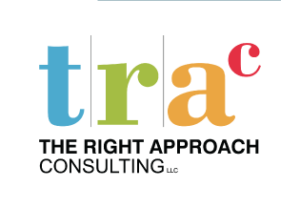A Few Words About Root Cause Analysis
One of the most frustrating parts of a customer’s life is dealing with a performance issue that hasn’t been properly addressed at a supplier. A company can have all of the most effective Quality Tools at their disposal, but if not used properly, they will see little benefit. Most companies have some form of a […]

You must be logged in to post a comment.